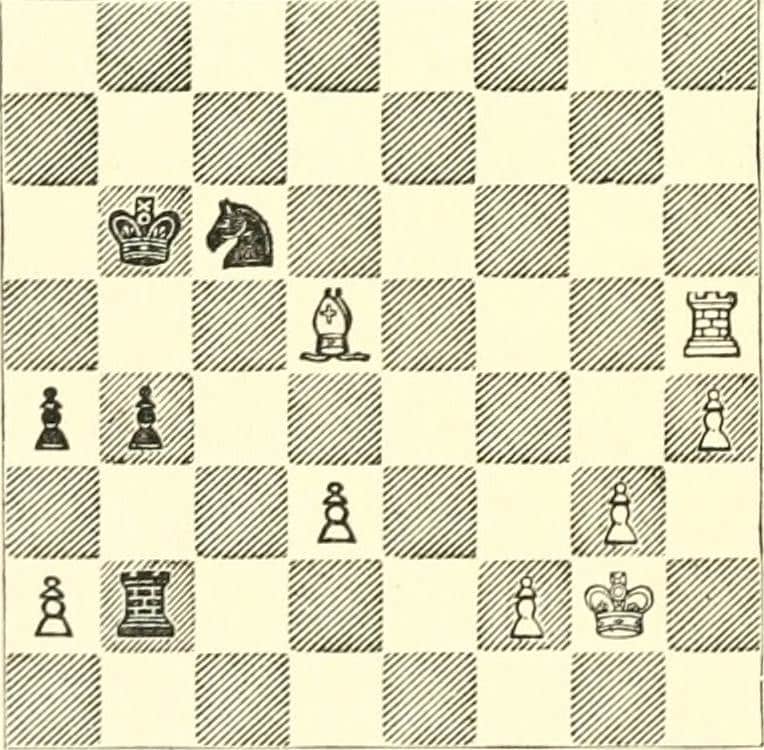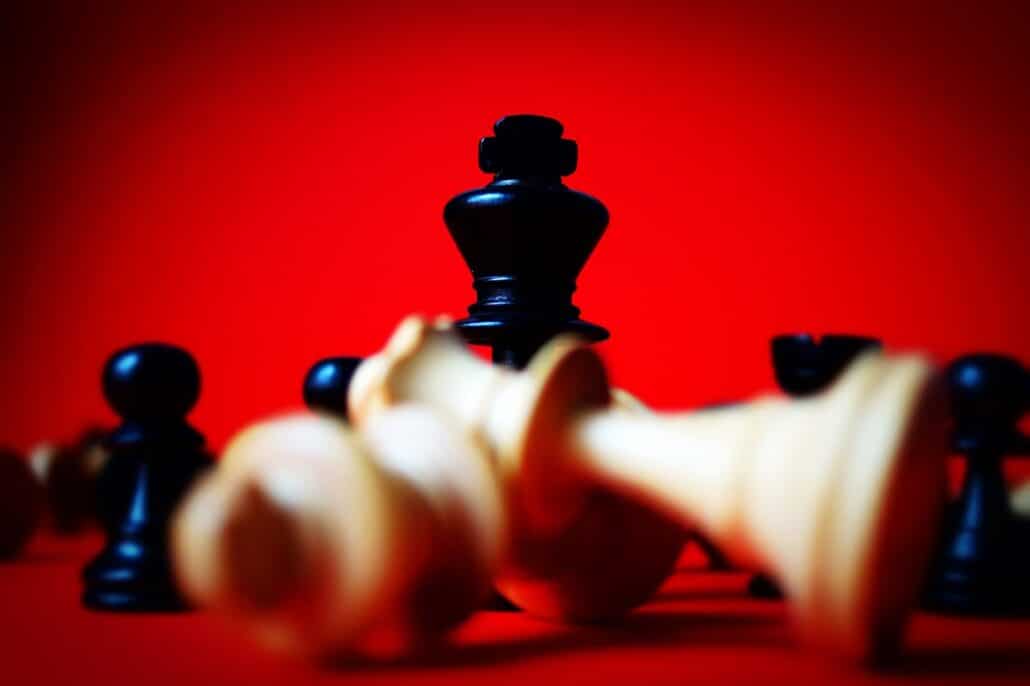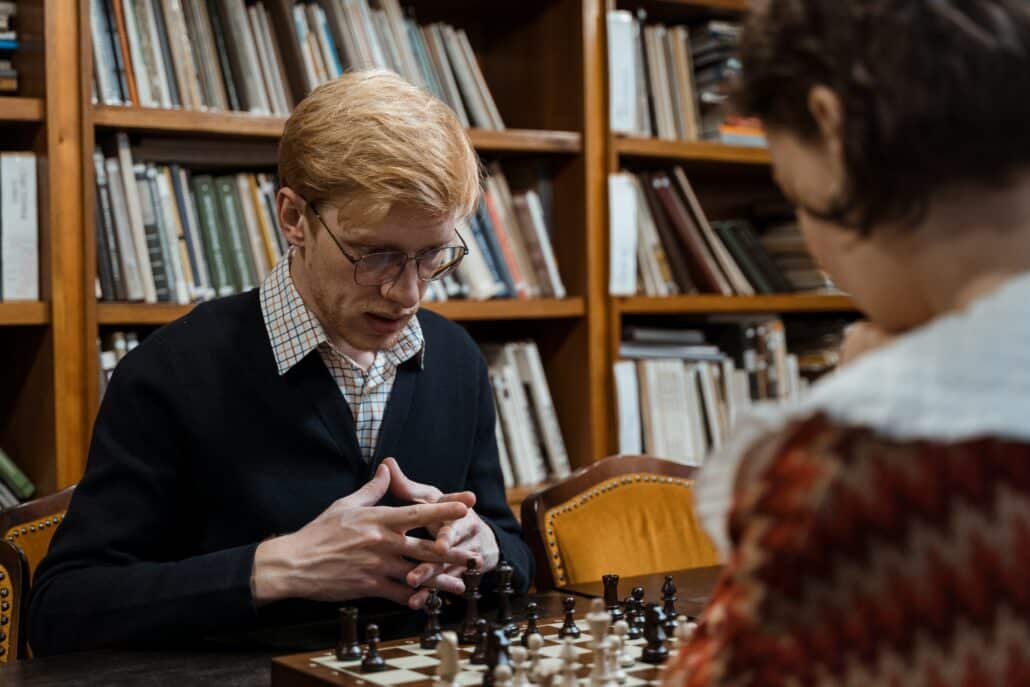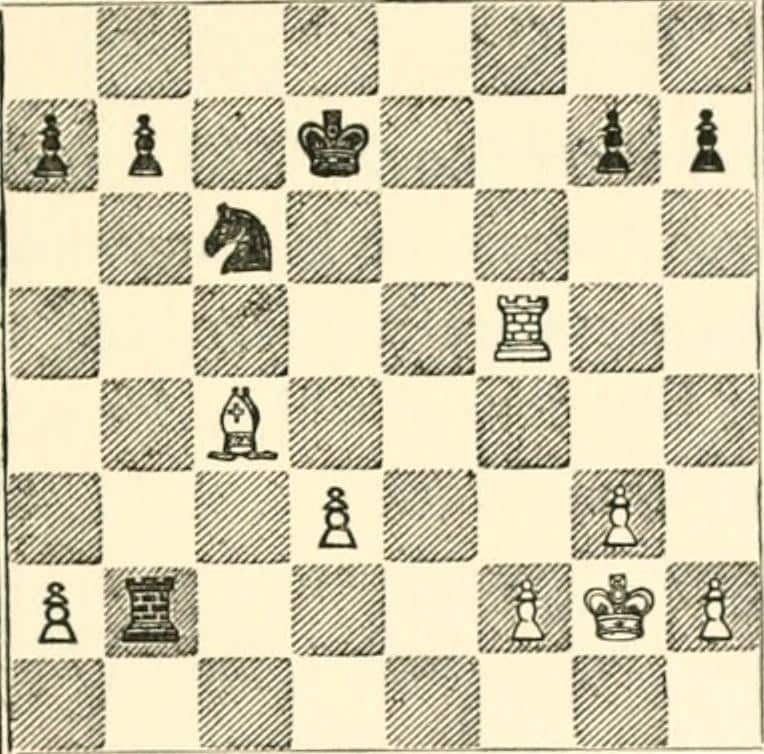Chess is a complex game in which the slightest mistake can cause the downfall of a great strategy. But even the best players make mistakes. In this article we will explore the concept of the “chess blunder” – a mistake that can lead to a decisive loss. We will discuss the most common blunders, how to spot them and what can be done to avoid them.
A chess blunder is a terrible mistake that can cost a player the game. It is usually caused by a lack of attention, an oversight or a failure to calculate the consequences of a move. The most common blunders are leaving a piece en prise (open to capture), overlooking a check, or miscalculating a sequence of moves.
The chess blunder can be spotted by examining the board, being aware of the pieces and calculating the possible moves in the position. This can be done by considering the pieces, their potential moves and the opponent's threats. It is also important to analyze the game from the opponent's perspective and to look for moves that may give them an advantage.
Chess blunder is a term used to describe a mistake made by a player during a chess game. It is usually caused by a lack of concentration, an overly aggressive strategy, or a lack of understanding of the underlying principles of the game. A blunder can often cost a player the game, and it is considered a serious mistake.
Chess blunder can be divided into four categories: strategic, tactical, positional and psychological. Strategic blunders involve moving pieces to the wrong squares in a way that allows the opponent to gain a material or positional advantage. Tactical blunders involve overlooking a simple combination or threat by the opponent. Positional blunders involve playing moves that weaken the player's position in the long-term. Psychological blunders involve misjudging the opponent's intentions or making moves that are too predictable.
Players of all levels are prone to blunders, although they are more frequent among beginners. To minimize the number of blunders, players should be familiar with the fundamentals of chess and have a good understanding of the game's strategy. They should also be aware of their opponent's potential moves and think ahead several moves. Finally, it is important to stay focused throughout the game and take regular breaks to prevent fatigue.

Table of Contents
What is considered a chess blunder?
A chess blunder is an error made by a player in a chess game. It is a move which results in a significant disadvantage, such as a loss of material or a strategic disadvantage. Blunders are usually caused by a lack of concentration, haste, or a lack of understanding of the position. Some players make blunders due to a misunderstanding of the rules.
A chess blunder can be a tactical mistake or a strategic mistake. Tactical blunders involve losing material due to a miscalculation, while strategic blunders involve ignoring long-term advantages or disadvantages. Blunders can also occur due to faulty opening or endgame play.
In general, a blunder can be defined as any move that significantly weakens a player's position or causes a loss of material. It is important to recognize blunders and correct them as soon as possible to avoid further damage.

What is the biggest blunder in chess?
The biggest blunder in chess is a move that leads to an immediate loss of material or checkmate. Such moves are often caused by a lack of concentration, an oversight, or an incorrect evaluation of the position. Some of the most famous chess blunder in history include:
- The Immortal Game: Adolf Anderssen blundered his queen in a game against Lionel Kieseritzky in 1851.
- The Evergreen Game: Adolf Anderssen blundered his queen against Jean Dufresne in 1852.
- The Opera Game: Paul Morphy blundered his queen against Duke Karl of Brunswick in 1858.
- The Pillsbury-Tarrasch Game: Siegbert Tarrasch blundered his rook against Harry Pillsbury in 1895.
More recently, blunders have included Vladimir Kramnik's loss of rook against Kasparov in the 2000 World Championship, and Magnus Carlsen's blunder of a bishop against Fabiano Caruana in the 2018 World Championship.
In all cases, the blunder is a serious error that can cost a player the game. It is important to take your time when considering moves and to pay attention to details in order to avoid such mistakes.
What is the difference between a mistake and a blunder in chess?
Chess blunder and mistakes are both errors made during a chess game, but they differ in terms of severity. Mistakes are less serious than blunders and tend to arise from flawed strategy or overlooking an opportunity. They are not irreversible and the opponent has to find the best way to take advantage of the mistake. On the other hand, blunders are serious errors and usually involve a major piece being lost. They are usually caused by overlooking a tactical opportunity or not seeing a threat.
Mistakes:
- Less serious than blunders
- Arise from flawed strategy
- Opponent has to find the best way to take advantage of the mistake
Blunders:
- Serious errors
- Involve major piece being lost
- Usually caused by overlooking a tactical opportunity or not seeing a threat
It is important to note that with practice, mistakes and blunders can be avoided. Analyzing games, especially those of grandmasters, can help players identify mistakes and blunders. Knowing how to respond to mistakes and blunders and learning from them is also essential.

Do Grandmasters blunder?
Grandmasters are considered by many to be the most skilled and experienced competitive chess players in the world. Despite the high level of their expertise, even Grandmasters make mistakes, which are called blunders. The chess blunders can be caused by a moment of distraction, a lapse in concentration, or a misjudgment of the position. Grandmasters can also be caught off guard by a surprising move from their opponent.
Grandmasters also sometimes blunder because of time pressure. When a player is low on time, they can make mistakes in calculating the consequences of their moves, leading to blunders. Grandmasters who are not familiar with a certain opening may also blunder, as a lack of knowledge can lead to bad decisions.
Failing to recognize a checkmate pattern or an impending loss of material is also a common Grandmaster blunder. Grandmasters can also blunder when they inaccurately assess the strength of their opponent's position or misevaluate the position itself.
Chess blunders are mistakes that can occur in any level of chess game.
They can be avoided by careful analysis of the game, paying attention to the position of pieces on the board, and understanding the opponent's strategy. Blunders can be costly, leading to a loss of material or the game.
It is important for chess players to recognize common blunders and take steps to avoid them. Players should analyze their games afterwards, in order to identify mistakes and learn from them. Doing this will help players to make better decisions in future games.






